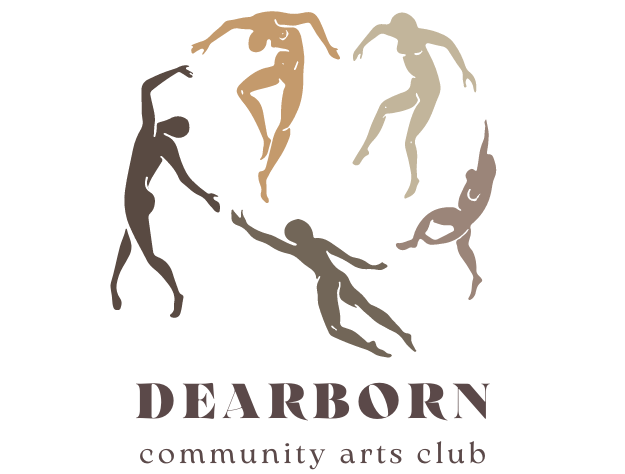Sustainability is on more people’s minds. Water costs in Honolulu keep rising, and people care more about their impact. That is why landscaping services Honolulu HI and homeowners are moving toward eco-friendly yards.
It is not all about going native only, or refusing to water. The best landscape contractors Honolulu HI understand that a smart, green approach often saves time and money.
What Makes Landscaping Eco-Friendly?
A few basic ideas:
- Using water wisely: Irrigation systems that drip instead of spray, choosing drought-tolerant grass
- Picking plants that don’t need chemicals, lots of trimming, or tons of water
- Reducing waste: Compost, mulching clippings, and recycling fallen branches
- Protecting the soil: Groundcover and mulch keep erosion in check
A sustainable landscape is easier to maintain and usually less expensive year after year.
Which Plants Work Best?
You do not have to use only native plants, but many are well adapted to Oahu’s storms, wind, and dry spells.
- Pōhinahina
- Naupaka
- ʻIlima
- Ti plants (not invasive varieties)
- Loulu palm
Oceanic Landscaping and other locals know which mix works best for looks and resilience.
Smart Watering With Simple Tech
Oahu landscaping services install controllers that adjust for weather. If rain is coming, the system waits. Drip heads put water at the roots, not wasted on leaves or pavement.
Good systems last for years. Extra cost up front, but less in water bills later.
Lawns or No Lawns?
Many people drop lawns for groundcovers or artificial turf. If you need space for kids or pets, talk with landscape designers Honolulu HI about grass types that use less water and do not need heavy fertilizing.
- Buffalo grass
- Zoysia
- Mini mondo (for pathways)
If a lawn is not used much, consider converting part to garden beds or covers.
Less Chemical, More Natural
Some chemicals harm helpful insects and pollute water. Better companies use compost teas, slow-release granular feeds, or let nature handle many issues.
Integrated pest management can also help. Landscaping services Honolulu HI scout for bugs, remove them by hand, or use targeted treatments. Spraying is a last choice, not the first.
Natural yard care takes patience, but the payoff is a stronger, greener landscape over time.
Mulching and Soil Life
Good mulch (no colored wood chips) holds water, reduces weed pressure, and keeps roots cool. Local green waste, shredded branches, leaves, are best because they break down well in this climate.
Compost piles are growing popular. They take food scraps and grass clippings and become free fertilizer.
Other Eco-Friendly Features to Consider
- Rain gardens: These use a small depression to collect water after storms and let it soak in (instead of run-off).
- Permeable walkways: Pavers, stepping stones, or even gravel let water move down to the earth.
- Native hedges for wind and privacy
- Shade trees for less AC use indoors
Talk to Oceanic Landscaping about these ideas before starting big projects.
Sample Table: Savings With Sustainable Choices
| Feature | Upfront Cost | Yearly Savings |
|---|---|---|
| Drip irrigation | Medium | Lower water bill |
| Native plant swap | Low | Less fertilizer/mowing |
| Compost | Minimal | Free fertilizer |
Certifications and Local Involvement
Ask if your company is involved in any local sustainability groups. Some offer special yard certifications for meeting water-saving or pollinator-friendly goals.
Small steps, like one new bed of drought-tolerant plants, make bigger change possible.
Finishing Thoughts
Eco-friendly does not mean plain or boring. Working with Honolulu experts like Oceanic Landscaping makes it easier to have a good-looking landscape that is also low-stress. Start with small changes and see how much easier things get. Visit their site for ideas, or ask for a quote on a more sustainable design.
